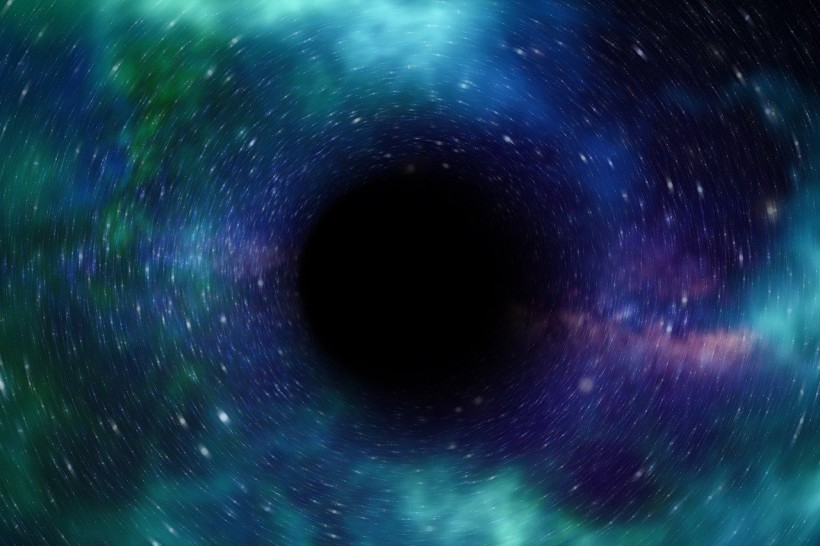In the world of astrophysics, it is a common saying that black holes do not have hair. This figuratively means that, when it comes to the theory of general relativity, black holes are simple objects. All that requires focus are its mass, spin rate, and electric charge-nothing else. As a result, these cosmic behemoths have widely remained a mystery.
However, a new theory of gravity goes beyond this and focuses on the twistiness of these objects.
Two Theories of Relativity: Twistiness vs. Curvature
The no-hair nature of black holes is widely based on what is currently understood about general relativity, which Albert Einstein originally formulated. Typically, this focus of relativity sheds more light on space-time's curvature. As such, any energy-filled or mass-filled object will end up bending its surrounding space-time. This bend, in turn, instructs the movement of such entities.
However, there is actually a different theory of relativity that focuses more on twistiness than curvature. According to this theory, any energy-filled or mass-filled object twists its surrounding space-time. This twistiness is proposed to instruct movement.
Both approaches share mathematical equivalents. However, due to the earlier development of the curvature-based theory, it is more widely utilized.
The approach that utilized twistiness, which is also called teleparallel gravity due to its mathematical usage of parallel lines, offers more room for insight that the curvature approach cannot offer.
ALSO READ: Super Massive Black Hole UHZ-1 Challenges Astronomers' Previous Understanding About Quasars
Black Hole Twistiness
An example of these differences can be seen in the efforts of a theoretical physics team to look into how teleparallel gravity could shed light on the issue regarding black hole hairiness. As part of their study, which is still in a preprint database, they looked into possible general relativity extensions using a scalar field, which is a quantum object that inhabits the entirety of time and space.
In the typical general relativity theory that is based on curvature, there are only a few ways for scalar fields to be added. However, when it comes to teleparallel gravity, the options are expanded. The research team found a way to include scalar fields in general relativity through the framework of teleparallel gravity.
Then, the researchers made use of the approach to examine whether such scalar fields could show up close to black holes.
As a result, scalar fields that were included in general relativity gave hairiness to black holes. The "hair" in this context refers to a strong scalar field presence close to the black hole's event horizon. This particular scalar field holds vital information regarding the black hole within it. This could, in turn, allow scientists to know more about black holes without them having to take a plunge inside.
As such, given the unlocking of these new possibilities, scientists need to note the observational impacts of such results.
RELATED ARTICLE: Black Hole Jet Observations Shed Light on Particle Acceleration That Generates X-Rays
Check out more news and information on Space in Science Times.



![Humans Will Go Extinct on Earth in 250 Million Years; Mass Extinction Will Occur Sooner if Burning Fossil Fuels Continues [Study]](https://1721181113.rsc.cdn77.org/data/thumbs/full/53373/89/56/50/40/humans-will-go-extinct-on-earth-in-250-million-years-mass-extinction-will-occur-sooner-if-burning-fossil-fuels-continues-study.jpeg)











